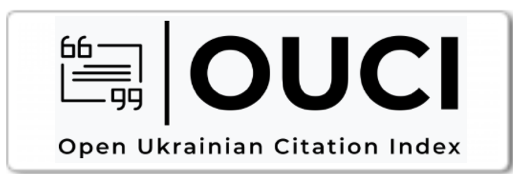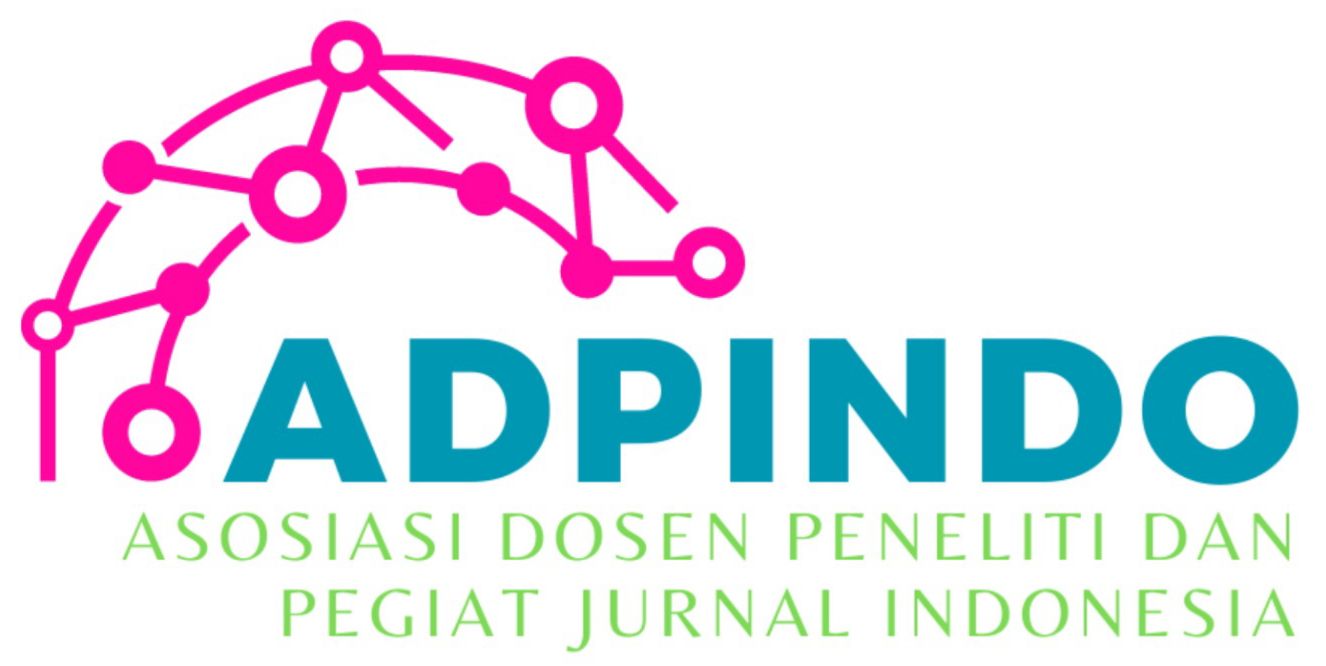DETERMINING INCOME INEQUALITY IN INDONESIA: THE ROLE OF ACCESS TO ELECTRICITY, GDP PER CAPITA, AND EDUCATION
Main Article Content
Nabila Assyifa
Toto Gunarto
Asih Murwiati
Income inequality between regions is one of the main challenges in economic development in Indonesia. This study aims to analyze the effect of electricity access, Gross Regional Domestic Product (GDP) per capita, and average length of schooling on income inequality in 34 provinces in Indonesia in the 2015–2023 period. Using a panel data regression approach with the Fixed Effect Model (FEM), the results showed that simultaneously the three independent variables had a significant effect on income inequality. However, partially, only GDP per capita and average length of schooling have a negative and significant influence, while access to electricity has no significant effect. These findings show that increasing regional income and community education can reduce the income gap between regions. Meanwhile, electrification has not had a direct impact on income equity without the support of other supporting infrastructure. This research emphasizes the importance of inclusive economic development and equitable access to education as the key to reducing inequality in Indonesia.
Agussalim, A., Nursini, N., Suhab, S., Kurniawan, R., Samir, S., & Tawakkal, T. (2024). The Path to Poverty Reduction: How Do Economic Growth and Fiscal Policy Influence Poverty Through Inequality in Indonesia? Economies, 12(12), 1–17. https://doi.org/10.3390/economies12120316
Barro, R. J., & Lee, J. W. (2013). A new data set of educational attainment in the world, 1950–2010. Journal of Development Economics, 104, 184–198. https://doi.org/10.1016/J.JDEVECO.2012.10.001
Becker, G. S. (1964). Human Capital: A Theoretical and Empirical Analysis, with Special Reference to Education. Chicago: University of Chicago Press.
Calderon, C., & Serven, L. (2010). Infrastructure and Economic Development in Sub-Saharan Africa. Journal of African Economies, 19(Supplement 1), i13–i87. https://doi.org/10.1093/jae/ejp022
Dinkelman, T. (2011). The effects of rural electrification on employment: New evidence from South Africa. American Economic Review, 101(7), 3078–3108. https://doi.org/10.1257/aer.101.7.3078
Fosu, A. K. (2017). Growth, inequality, and poverty reduction in developing countries: Recent global evidence. Research in Economics, 71(2), 306–336. https://doi.org/10.1016/J.RIE.2016.05.005
Ikhsan, I., & Amri, K. (2022). Does electrification affect rural poverty and households’ non-food spending? Empirical evidence from western Indonesia. Cogent Economics and Finance, 10(1). https://doi.org/10.1080/23322039.2022.2095768
Iniguez-Montiel, A. J., & Kurosaki, T. (2018). Growth, inequality and poverty dynamics in Mexico. Latin American Economic Review, 27(1). https://doi.org/10.1186/s40503-018-0058-9
Jayanthi, R. (2021). The Effect of Electricity Development in Indonesia on Poverty and Income Inequality. Jurnal Ekonomi Pembangunan: Kajian Masalah Ekonomi Dan Pembangunan, 22(1), 104–116. https://doi.org/10.23917/jep.v22i1.12076
Kanbur, R., & Zhuang, J. (2013). Urbanization and inequality in Asia. Asian Development Review, 30(1), 131–147. https://doi.org/10.1162/ADEV_a_00006
Kouadio, H. K., & Gakpa, L. L. (2022). Do economic growth and institutional quality reduce poverty and inequality in West Africa? Journal of Policy Modeling, 44(1), 41–63. https://doi.org/10.1016/J.JPOLMOD.2021.09.010
Kuznets, S. (1955). Economic growth and income inequality. American Economic Review, 45(1), 1–28.
Laraibaphy, A. E., Ahmad, A. A., & Suharno, S. (2023). the Influence of Infrastructure on Inequality of Income Distribution in Eastern Indonesia. Al-Mustashfa: Jurnal Penelitian Hukum Ekonomi Syariah, 8(2), 228. https://doi.org/10.24235/jm.v8i2.8843
Lee, J.-W., & Lee, H. (2018). ADBI Working Paper Series Human Capital And Income Inequality Asian Development Bank Institute (Issue 810). https://www.adb.org/publications/human-capital-and-income-inequality
Piketty, T. (2014). Capital in the Twenty-First Century. In Capitalism in the 21st Century. Harvard University Press. https://doi.org/10.2307/j.ctv33mgb41
Prastiwi, D. H., Laut, L. T., & Destiningsih, R. (2023). Analisis Faktor-Faktor yang Mempengaruhi Ketimpangan Pendapatan di Jawa Tengah tahun 2018. Directory Journal of Economic, 2(1), 33–50. https://doi.org/10.57122/integral.v2i1.17
Soava, G., Mehedintu, A., & Sterpu, M. (2020). Relations between income inequality, economic growth and poverty threshold: New evidences from eu countries panels. Technological and Economic Development of Economy, 26(2), 290–310. https://doi.org/10.3846/tede.2019.11335
Suhendra, I., Istikomah, N., Ginanjar, R. A. F., & Anwar, C. J. (2020). Human Capital, Income Inequality and Economic Variables: A Panel Data Estimation from a Region in Indonesia. Journal of Asian Finance, Economics and Business, 7(10), 571–579. https://doi.org/10.13106/jafeb.2020.vol7.no10.571
Thye, G. L., Law, S. H., & Trinugroho, I. (2022). Human capital development and income inequality in Indonesia: Evidence from a nonlinear autoregressive distributed lag (NARDL) analysis. Cogent Economics and Finance, 10(1). https://doi.org/10.1080/23322039.2022.2129372
Todaro, M. P., & Smith, S. C. (2012). Economic development (11th ed.). Boston: Addison-Wesley.
Utami, T. A., & Wahyuni, R. N. T. (2024). Impact of Education and Economic Growth on Income Inequality with Energy Access as a Moderate Variable: Moderated Regression Analysis. Seminar Nasional Official Statistics, 1, 1031–1040. https://doi.org/https://doi.org/10.34123/semnasoffstat.v2024i1.2122
Wahyuni, R. N. T., & Monika, A. K. (2016). Pengaruh Pendidikan Terhadap Ketimpangan Pendapatan Tenaga Kerja Di Indonesia. Jurnal Kependudukan Indonesia, 11(1), 15–28.
Widarjono, A. (2013). Ekonometrika: Pengantar dan aplikasinya, Ekonosia. Yogyakarta: Penerbit YKPN.
Widarjono, A. (2018). Ekonometrika: Pengantar Dan Aplikasinya, Edisi Keempat. Yogyakarta: UPP STIM YKPN.
Zuhri, K., Anggraeni, L., & Irawan, T. (2019). Inequality in Indonesia’s Electricity Access. International Journal of Sciences: Basic and Applied Research, 48(7), 237–249.






































